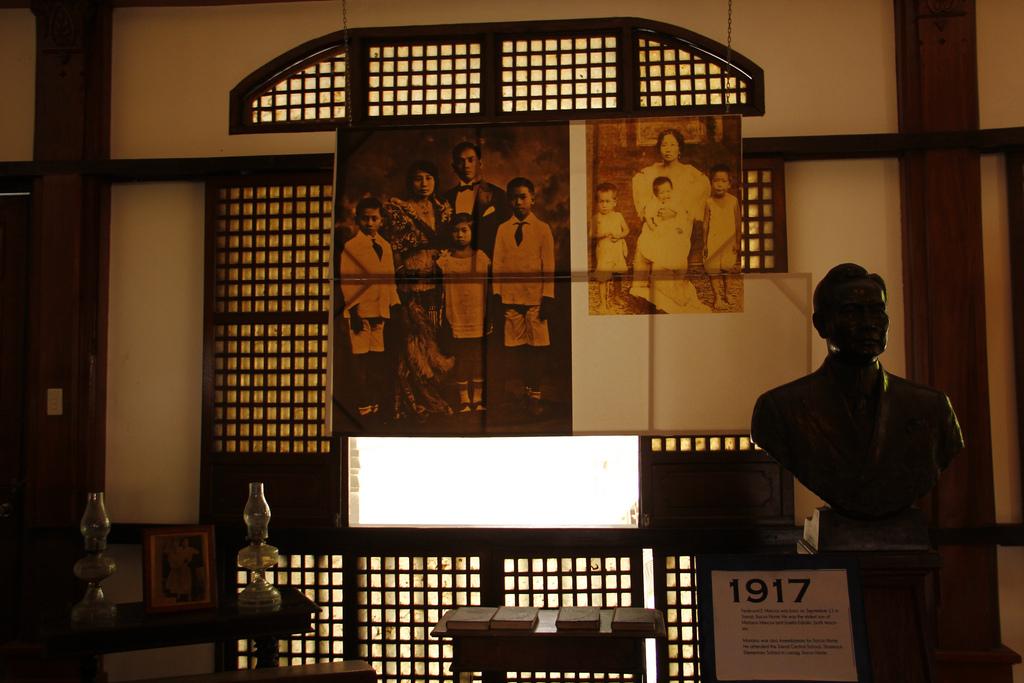
The Marcos Museum and Mausoleum integrates both memorabilia storage and the current resting place of Ferdinand Edralin Marcos. It is situated in the heart of Batac City, Ilocos Norte. The museum shows memorabilia of the late president, from his stint in the armed forces down to his presidency. The large and solemn mausoleum contains the glass-encased coffin in which Marcos' embalmed body has been on public display since shortly after his remains were brought home in 1993.
On September 28, 1989, Marcos died of lung, kidney and liver complications in Hawaii, three years after he, his family and allies were exiled to this archipelago, southwest of the continental United States. In 1986, Marcos fled the country in the face of a nonviolent revolution "people power" which set the end of his regime. The odyssey of his remains began when the government of President Corazon Aquino denied Marcos' return to the Philippines. Thus Marcos' remains was interred in a private air conditioned mausoleum at Byodo-In, a Japanese Buddhist temple, on the island of Oahu.
In September 1993, after having been kept in a refrigerated, glass-topped coffin inside an air-conditioned crypt for four years, Marcos' remains were finally taken to the Philippines. The newly elected president who succeeded Aquino, Fidel Ramos, second cousin of the late president, allowed Imelda Marcos, Marcos' widow, to bring her husband's body home but refused her demand for a hero’s burial.
Eventually, after series of rituals and ceremonies, Marcos' remains were interred in a mausoleum in his hometown for public display, according to his family, until the government yields to Imelda's demand for a burial in the National Heroes' Cemetery in Manila. President Benigno Aquino III, son of the late Corazon and Benigno Aquino Jr., tasked Jejomar Binay to determine if Marcos should be buried in the Heroes' Cemetery. Binay made his recommendation, though Aquino has not yet made a decision.
Frank Malabed, Marcos' mortician, states that he has helped preserve the body. It took him three weeks to restore Marcos' body so that Filipinos would recognize it. Local morticians maintain and check it regularly. Formaldehyde was used to preserve the body before it was flown to the Philippines.[
Twenty-two years after Marcos' death, his remains are still on public display at the mausoleum. The mausoleum is built of adobe blocks and is stepped towards the top of the structure. The solemn interior is divided into an entry hall styled with old English standards and a bust. The family's mortician confirmed that the corpse is real, although people suspect it is a wax replica, and the real body was secretly buried.
Gallery:





















